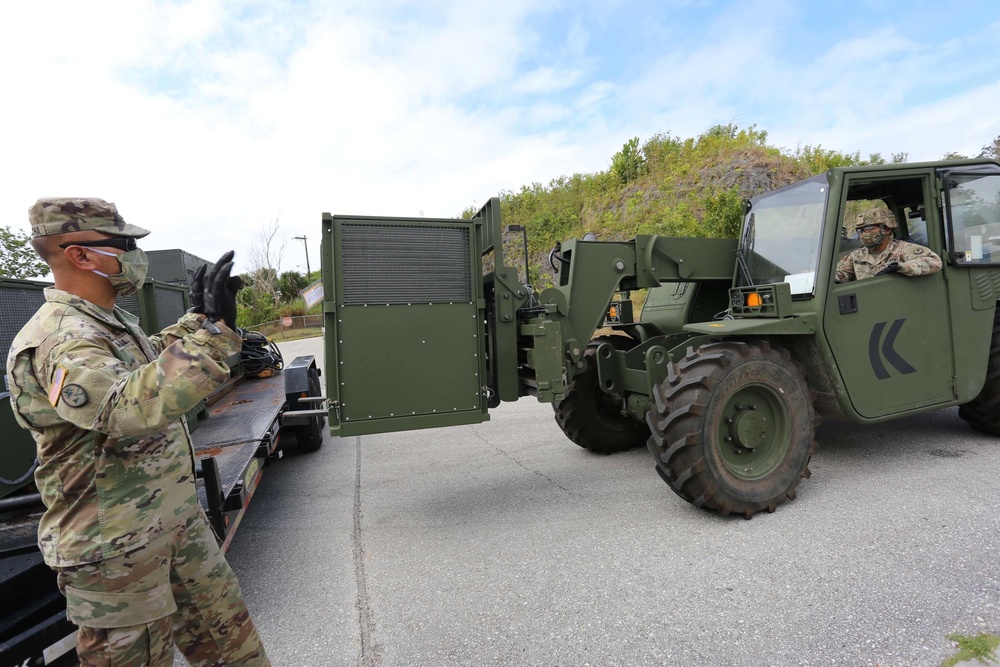BLUF: ECU batteries need a full charge to retain their full capacity.
 Photo by JoAnna Delfin
Photo by JoAnna Delfin
Environmental control units (ECUs) require fully charged onboard batteries to remain cool and preserve temperature-sensitive material during transportation to laboratories for analysis. The ECU can operate on partially charged or discharged batteries when connected to an AC power source; however, if the AC power is disconnected then the ECU shuts down and the onboard batteries discharge.
The 12-volt DC batteries inside of ECUs require constant recharging to retain their full charge capacities. Batteries that sit inside of ECUs without recharging can begin to lose capacity to hold a full charge in as little as a few hours.
Remove, check and recharge batteries weekly in accordance with WP 0050.7 of TM 3-6665-428-10 (Sep 14). Charge the batteries by connecting the battery harness connector to the fusible link connector and connect the AC power cord to the ECU power panel 100-240VAC 50/60Hz 120W INPUT connector.
 Connect battery harness to fusible link connector
Connect battery harness to fusible link connector
 Connect AC power cord to ECU power panel
Connect AC power cord to ECU power panel
Use an AC power source from the DR SKO system generator set, shore power, or an additional power cord in accordance with WP 0050.2 of TM 3-6665-428-10 (Sep 14). The additional power cord allows operators to remove the ECU from the DR SKO system and operate and charge the ECU from alternate AC power sources. Need to order an additional power cord? TACOM recommends using NSN 6150-01-512-1007.
 Additional power cord assists operators
Additional power cord assists operators
While operating the ECU, make sure that the battery harness connector is connected to the fusible link connector in accordance with WP 0050.2 of TM 3-6665-428-10 (Sep 14). When performing AFTER OPERATION procedures and preparing to stow the ECU, make sure the battery harness is disconnected. If it’s not disconnected, the ECU will continue to operate after AC power is disconnected and discharge the batteries.